As per Salesforce’s poll, 47% of top-performing sales teams have separate positions for BDR and SDR.
This makes business development representatives (BDRs) and sales development representatives (SDRs) two important positions that frequently come to light in the field of sales.
These experts are crucial to a company’s ability to expand and earn more revenue.
If you are new in the world of sales, you must understand the distinctions between BDR and SDR.
Now, let’s explore the distinct roles that BDRs and SDRs play in the sales process as we go deeper into the topic.
Table of Contents
- What is an SDR?
- What is a BDR?
- BDR vs SDR: Differences Explained
- Key Responsibilities of SDRs
- Skills of an SDR
- 1. Effective Communication
- 2. Resilience
- 3. Adaptability
- 4. Time Management
- 5. Empathy
- 6. Tenacity
- 7. Statistical Skills
- Key Responsibilities of BDRs
- Skills of a BDR
- 1. Empathy
- 2. Sales Acumen
- 3. Time Management
- BDR vs SDR: Which Has A Better Career Path?
- BDR vs SDR Salary: Who Earns More?
- BDR vs SDR: Which One Is Right For You?
- BDR vs SDR for SaaS
- Tips To Succeed: BDR vs SDR
- FAQs
What is an SDR?
Sales Development Representatives (SDRs) are like the detectives of the sales world. They’re the first ones to talk to prospects. Their job is to determine who is likely to become a prospect or who might not.
SDRs use a combination of marketing-generated leads and what is referred to as “outbound sales” to get in touch with potential customers directly.
SDRs clear the road for the sales team to build meaningful connections with clients and close deals. They wait to bring in revenue; their outreach initiatives also help the business develop over time. Consider them the welcoming faces at the front, providing the foundation for lifelong client connections. This makes them super important in the sales world, including different sales roles and business development.
What is a BDR?
Business Development Representatives (BDRs) are like helpers who take possible customers on the next steps of their journey after SDRs have identified them in different sales roles.
BDRs enter the picture to build even more solid bonds with those SDRs have identified as prospective customers. Their main objective is to establish trusted relationships with potential consumers to assist them in becoming happy clients.
BDRs employ various techniques, including one-on-one conversations and an in-depth understanding of each person’s needs. They continue the enthusiasm generated by SDRs in “outbound sales” and make it simple for people to convert to customers.
In various sales professions, BDRs bridge a potential customer’s first curiosity and their actual purchase. They achieve this through forming bonds and learning much about what the business offers. Their job is super important because they help the company make money and ensure customers have a great experience, which keeps them coming back and telling others about the company. This all adds up to the company growing and doing well in sales and different sales roles.
BDR vs SDR: Differences Explained
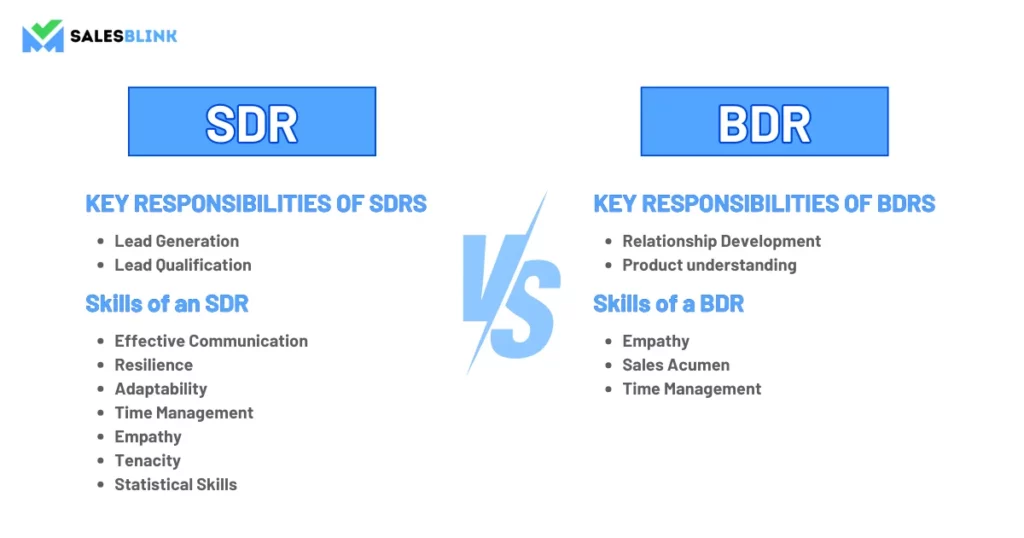
Now that we’ve defined these roles let’s dive deeper into the distinctions between SDRs and BDRs.
Key Responsibilities of SDRs
1. Lead Generation
SDRs are the sales pipeline architects in charge of starting the customer journey. They seek potential clients through various avenues, including social media, cold emailing, and online databases. This includes identifying leads and assessing their suitability for the company’s products or services.
2. Primary Source of Contact
SDRs are the first point of contact between the company and potential consumers. They try to reach out through numerous channels, such as cold emails, cold calls, or other contact forms. This initial contact is used to introduce the company’s offerings and to start a conversation.
3. Lead Qualification
SDRs are critical in filtering out the leads they have generated. When a prospect expresses interest, SDRs carefully assess their suitability as potential customers. They evaluate variables such as budget, authority, need, and timeline (BANT) to guarantee that only high-quality leads progress to the next stage of the sales funnel. This technique saves critical sales team resources and improves overall sales process efficiency by focusing efforts where they are most likely to deliver favorable results. Finally, SDRs serve as gatekeepers, ensuring the sales team’s time and efforts are directed toward the most potential opportunities.
Skills of an SDR
Here are the skills an SDR should have to perform effectively.
1. Effective Communication
SDRs are the company’s frontline communicators. To engage potential consumers convincingly and professionally. They must be effective communicators both orally and in writing. Active listening is also required to comprehend the prospect’s requirements and pain points.
2. Resilience
In the world of SDRs, rejection is an everyday companion. Maintaining a positive attitude and recovering from setbacks are critical. SDRs with resilience can endure repeated rejections and failures, eventually resulting in success.
3. Adaptability
The sales landscape continuously changes as industries, technologies, and prospect’s preferences change. SDRs must be versatile and eager to learn about new domains. They should be able to swiftly pick up fresh product expertise and customize their approach to different audiences.
4. Time Management
SDRs frequently juggle a large number of leads and duties at the same time. Efficient time management skills are required to prioritize and manage these obligations effectively.
5. Empathy
Recognizing and empathizing with the prospect’s pain points and requirements is essential for developing rapport and trust. It aids in the creation of personalized and relevant messages.
6. Tenacity
Successful SDRs have uninterrupted determination. They don’t give up on leads easily and continue to chase possible chances with zeal.
7. Statistical Skills
SDRs frequently use data and metrics to fine-tune their strategy. A crucial asset is the capacity to analyze performance data and adapt tactics accordingly.
Key Responsibilities of BDRs
Business Development Representatives (BDRs) are critical in sales, especially during the vital stages of lead nurturing and conversion. Here are some of their primary responsibilities:
1. Relationship Development
BDRs excel at developing and cultivating relationships with leads. They learn about the prospect’s pain points, issues, and goals. This in-depth insight enables them to adjust communication and engagement methods to each prospect’s needs and interests. By doing so, they set up the trust and rapport required for practical conversions.
2. Product understanding
BDRs usually have an in-depth understanding of the company’s products or services. They can effectively describe the unique value propositions and benefits of these services. This expertise enables them to respond to prospects’ inquiries and concerns and position the product or service as a helpful solution to the prospect’s needs.
BDRs link lead generation and sales conversion, combining relationship-building savvy with product knowledge to ensure a smooth transfer from prospect to paying customer. Their efforts are critical in increasing revenue and improving client satisfaction.
Skills of a BDR
Thriving as a Business Development Representative (BDR) requires a specific skill set and set of characteristics that are necessary for success in this dynamic and relationship-driven profession:
1. Empathy
Empathy is essential for good relationship-building. BDRs must empathize with their prospects, genuinely understanding their requirements, obstacles, and goals. This approach builds trust and credibility, laying the groundwork for meaningful, long-lasting relationships.
2. Sales Acumen
BDRs have to convince and influence prospects to take the next step in the sales process. Sales acumen comprises the ability to generate convincing messages, skillfully resolve objections, and negotiate well. It’s about knowing when to push forward and take a step back, all while being customer-focused.
3. Time Management
BDRs frequently manage many leads and must cultivate connections with each of them. Time management skills are essential for prioritizing work, allocating adequate attention to each piece of information, and maintaining a consistent and personalized engagement strategy. Time management also helps leads stay within the gaps.
Suppose BDRs have these abilities and a desire for learning, they can flourish by turning leads into loyal customers and contributing to the company’s growth.
BDR vs SDR: Which Has A Better Career Path?
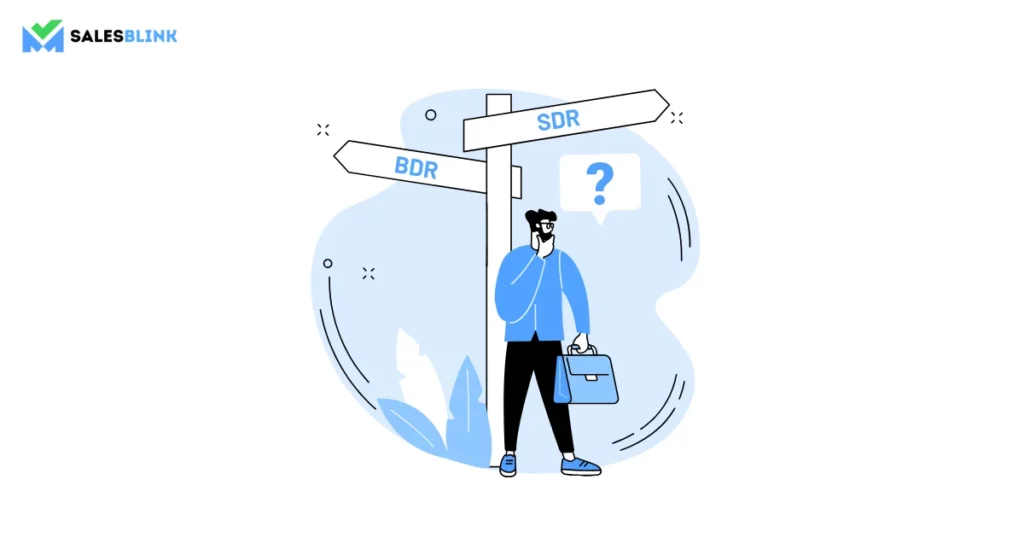
Choosing between a career as a Business Development Representative or a Sales Development Representative is a critical decision that should fit your long-term career goals. Both jobs provide promising professional possibilities, but the choice ultimately comes down to your ambitions and interests.
BDRs often have a more direct path to senior sales positions. Success in a BDR function can lead to advancement to roles such as Account Executive, Sales Manager, or Sales Director. These positions frequently come with increasing duties, leadership chances, and potentially higher wages, making them the best choice for people looking for a sales-oriented career.
On the other hand, SDRs have the advantage of broadening their skill set and branching out into different teams. Lead generation, communication, and client interaction skills can be transferred to marketing, customer success, account management, and product management roles. SDRs can investigate a company’s operations, making it an appealing option for those seeking a broader career path.
To summarize, whether you want to climb the sales ladder or enjoy a more adaptable career path within the firm, choosing between BDR and SDR responsibilities should fit your long-term goals. Consider your abilities, hobbies, and career goals carefully before deciding.
BDR vs SDR Salary: Who Earns More?
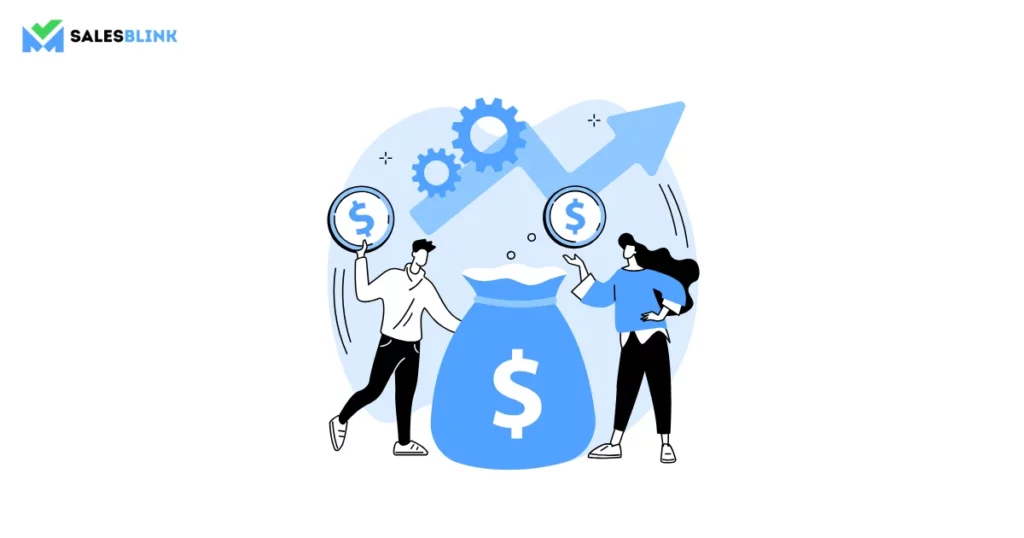
Packages of BDRs and SDRs can vary greatly depending on various criteria. This is because they are responsible for converting leads into paying clients, BDRs frequently have the option to earn more through commissions and performance-based bonuses.
Conversely, SDRs earn a competitive base wage, ensuring financial stability independent of individual success. This base wage may be incredibly tempting to those who seek a steady income.
Compensation packages in high-demand businesses or regions may be more competitive. Depending on criteria including location, industry, and level of experience, business development representatives and sales development representatives can differ. BDRs and SDRs may often expect to pay between $40,000 and $70,000 annually.
BDR vs SDR: Which One Is Right For You?
The decision between a Sales Development Representative and a Business Development Representative function should be based on your strengths, interests, and career goals. SDR may be a better fit for you if you excel at generating leads and thrive in the early stages of prospect interactions. This position requires good communication and lead-generation skills, making it suitable for people who enjoy potential customers’ interest and curiosity.
Conversely, A BDR role may be more suited to your skills if you excel at connection-building and enjoy coaching prospects through the sales process. BDRs focus on cultivating relationships and exploiting product knowledge to turn leads into customers.
It is worth mentioning that many professionals begin their careers in one of these professions and then move on to the other after gaining experience. Finally, your pick should align with your current abilities and long-term professional ambitions while leaving room for growth and evolution in your sales career.
BDR vs SDR for SaaS
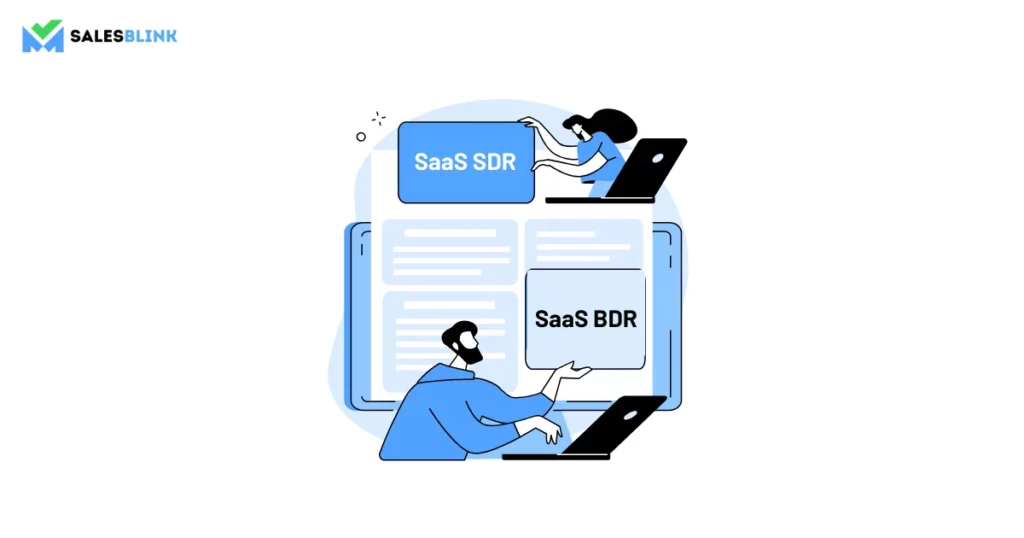
Sales Development Representatives and Business Development Representatives are critical in accelerating growth and revenue generation in the dynamic world of Software as a Service (SaaS). SaaS SDRs are mainly responsible for identifying organizations that stand to benefit from the software solutions offered. They try to identify individuals who match the software’s value proposition.
BDRs take action after SDRs have identified these opportunities. Their job is to nurture these leads and turn them into loyal customers. BDRs use their extensive product knowledge and persuasion skills to assist prospects through the sales funnel, ensuring they sign up and remain engaged and satisfied members.
These duties are more important than ever because of how quickly-paced and competitive the SaaS sector is. SDRs and BDRs must remain flexible, reacting to changing customer wants and market trends, making their work both challenging and highly satisfying as they contribute to the growth and success of SaaS organizations in a dynamic digital landscape.
Tips To Succeed: BDR vs SDR
Whether you choose a career as a Sales Development Representative or a Business Development Representative, the following guidelines will help you succeed in either role:
1. Make a calendar and keep a task list
Time management skills are essential for successful sales. Create a detailed calendar outlining your outreach activities and obligations. A task tracker can help you keep track of your progress and stay on top of your daily tasks. Building relationships and trust with prospects requires consistency in your outreach efforts.
2. Be an Active Listener
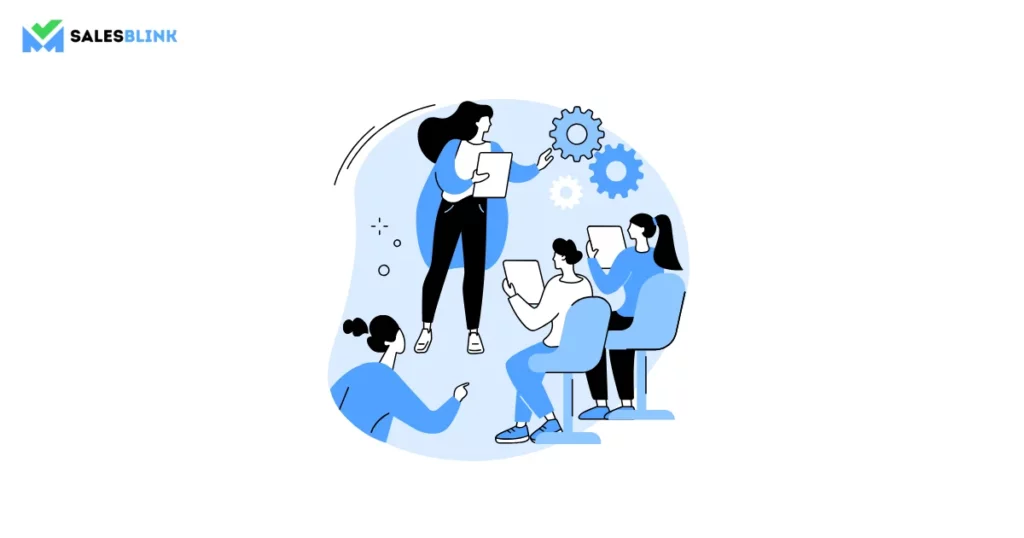
Listening is a sales superpower. Pay special attention to your prospect’s words, tone, and pain points during talks. This lets you personalize your presentation and solutions to their demands, indicating that you truly understand and care about their problems.
3. Be Open to Coaching
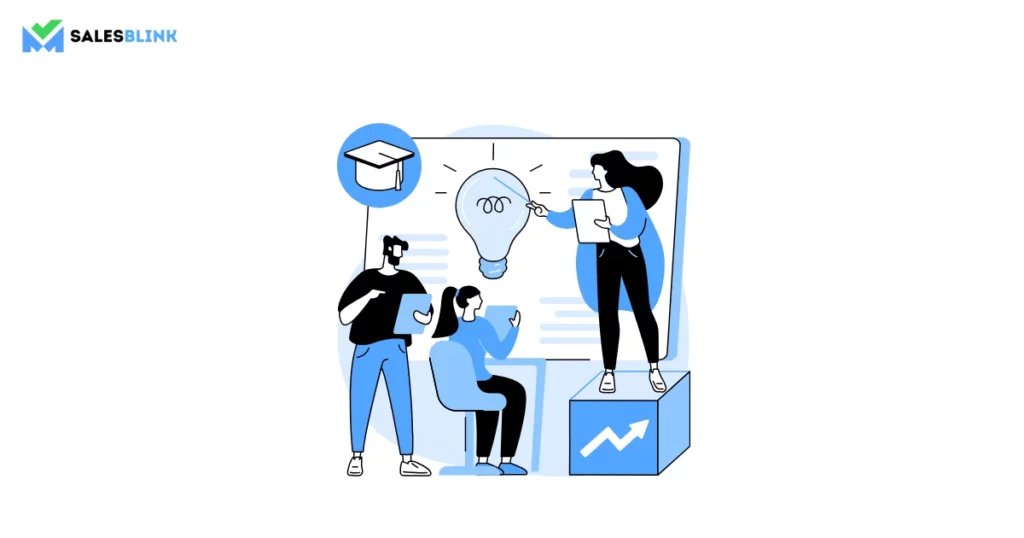
Stay open to feedback and coaching as opportunities for development. Seek counseling and direction from mentors, peers, and supervisors. Successful sales professionals strive for continuous growth; constructive comments can help you fine-tune your abilities, techniques, and approach.
4. Be Persistent, Not Aggressive
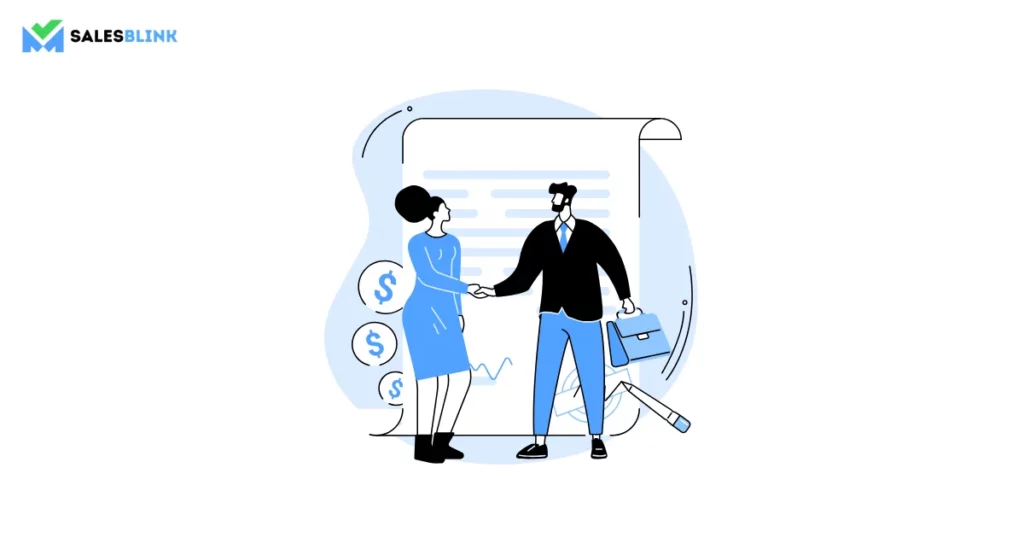
Persistence is excellent in sales, but finding the correct balance is critical. While it is essential to follow up with prospects, avoid being overly aggressive, which can come across as pushy. Instead, concentrate on cultivating relationships and adding value to each engagement. Building rapport and trust takes time, but perseverance can benefit you long-term.
BDR vs SDR – Choose What Suits You
Remember that how you make the role your own will also define your fate as you begin on a journey into the thrilling world of sales. Both BDRs & SDRs are critical components in the sales engine. SDRs are experts at identifying and qualifying prospects, while BDRs are experts at converting these leads into loyal clients. Your choice of roles should be based on your strengths, career ambitions, and industry preferences.
Whatever path you choose, the skills and experience you receive as an SDR or BDR are significant assets that can lead to a lucrative career in sales and beyond. So, when you begin your adventure in the dynamic sales sector, remember that success is determined by your chosen role and how you accept and excel in it.
FAQs
BDR stands for Business Development Representative, focusing on prospecting and initiating relationships. SDR stands for Sales Development Representative, specializing in qualifying and nurturing leads.
No, BDRs and SDRs have distinct roles. While both are involved in sales, BDRs focus on generating new leads, and SDRs concentrate on qualifying and nurturing those leads.
Neither role is inherently “higher” than the other. BDR and SDR are parallel roles with distinct functions in sales. BDRs focus on building relationships with prospects, while SDRs qualify leads.
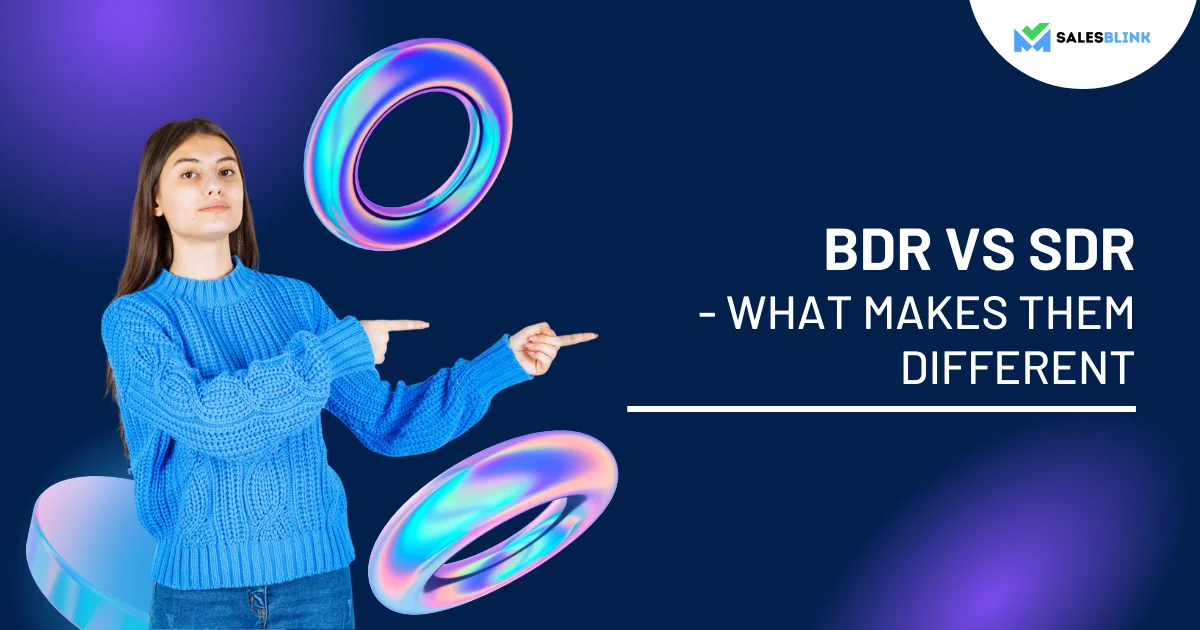
Leave a Reply